
An Overview of Bullet Types - From Full Metal Jacket to Hollow Points to Match Grade
Posted by Alice Jones Webb on Sep 17th 2019
Overview of Bullet Types
Choosing ammunition is a lot like choosing tools. You wouldn’t try to drive nails with a screwdriver, because a hammer is a much better tool for the job. Likewise if you pick the wrong type of ammo for hunting, self-defense, or target shooting, it's like trying to drive nails with a screwdriver; it just isn’t effective.
Whether you’re shooting targets, game animals, or home intruders, choosing the right bullet for the job is crucial to successful shooting. This guide is designed to clarify the differences between the most common bullet types and help you choose ammunition appropriate for your shooting needs.
Full Metal Jacket (FMJ)
Thanks to a popular movie by the same name, even non-shooters have heard of the full metal jacket. One of the most popular bullet designs on the market, FMJs are constructed of an outer jacket (usually made of copper) that surrounds an inner malleable lead core. Thanks to their tough copper jackets, FMJs maintain their original shape even in the most extreme conditions.
Commonly used in military applications (thanks to the Geneva Convention), full metal jacket projectiles are tough in the field and easily resist whatever elements Mother Nature dishes out. Their smooth tapered profile also allows them to feed easily in modern semi-automatic weapons.
In the civilian world, FMJs are typically relegated to target shooting, and their affordable price and terminal performance make them perfect for that application. FMJ [projectiles do not expand upon impact. Instead, they hold their shape and punch right through the target. Their capacity for penetration makes them dangerous in most self-defense situations due to their potential to fully penetrate a human target and keep going through whatever is behind them.
Because FMJs do not mushroom in soft tissue, they are also not effective hunting rounds. Hunters need a bullet that expands upon impact to create major trauma for quick, humane kills.
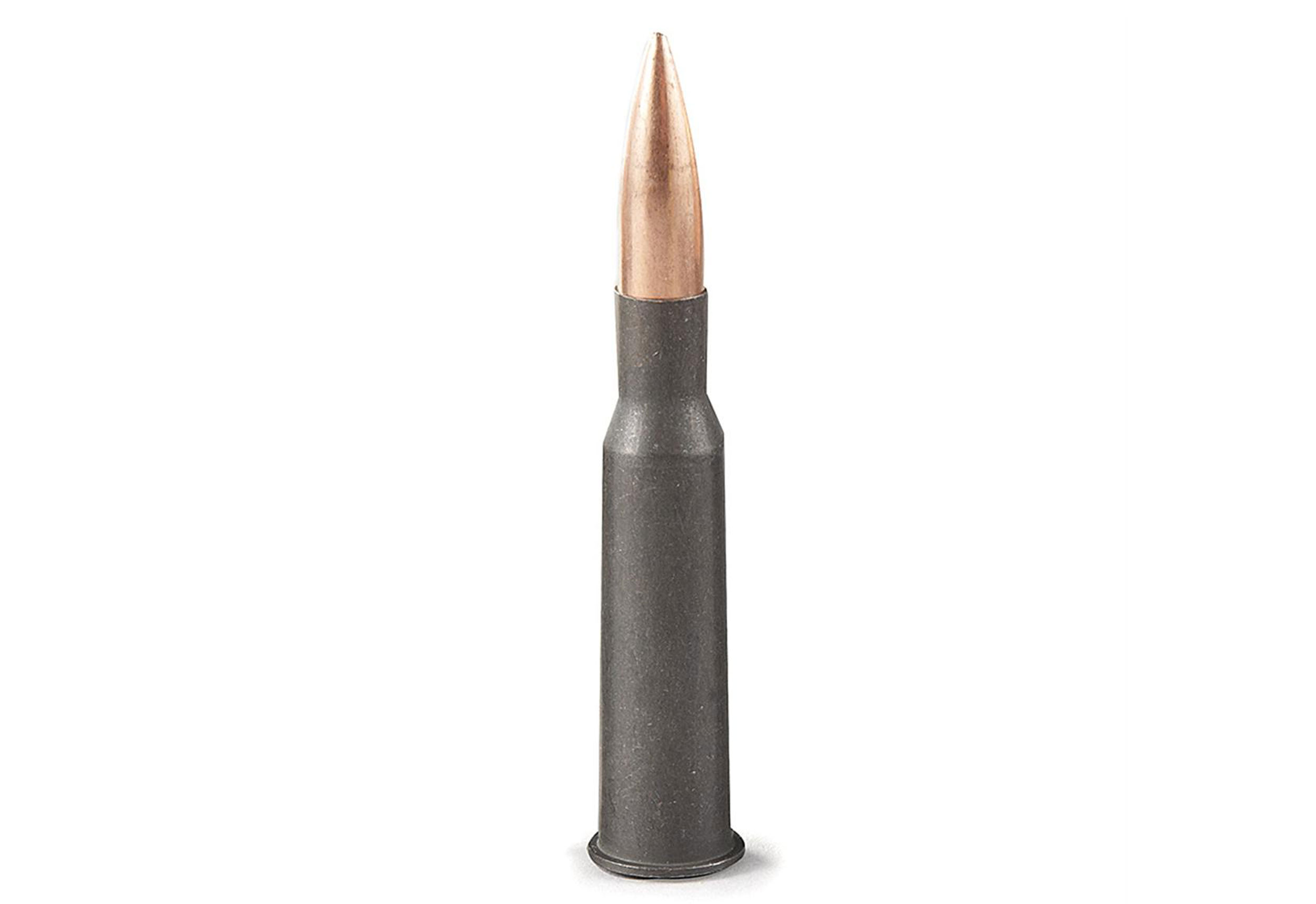
Hollow Point (HP)
A popular choice for both hunting and personal protection, hollow points feature an empty cavity at the tip. Some HPs are made with a tough copper jacket over a soft lead core (jacketed hollow points or JHPs). Others are made of a solid material like copper.
When the HP hits a soft target, its cavity causes the tip to bloom like a bud bursting into a flower. The fully expanded bullet resembles a mushroom and this terminal expansion creates a massive wound cavity. The act of expansion also slows the bullet, preventing over penetration and dumping kinetic energy into the target.
Despite their effective terminal performance, hollow points do have their drawbacks. Hollow points don’t always expand reliably, especially after passing through thick clothing or an animal’s tough hide. This type of material can clog the cavity and inhibit proper function.
When shot over extreme distances, HPs can also lose accuracy due to issues with the aerodynamics of the hollow point. Some shooters also experience feeding issues with HPs, especially in their semi-autos.
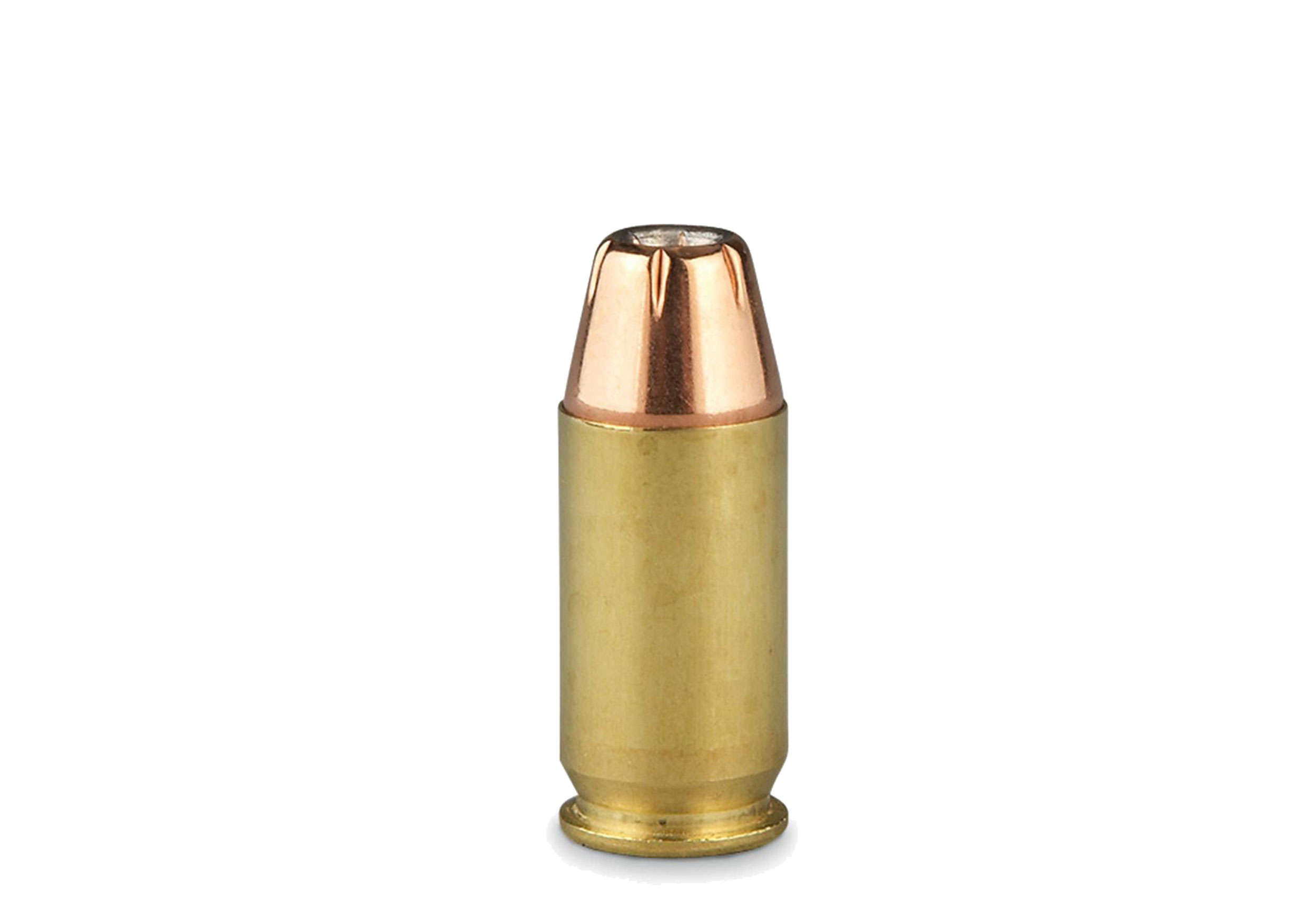
Open Tip Match (OTM)
As the name implies, open tip match projectiles are mainly used for match target competition. The open tip design provides nearly perfect balance and weight distribution. Additionally, the open tip is often paired with a boat tail configuration which provides extra in-flight stability. These designs make it difficult to find a more accurate bullet.
The way OTMs are manufactured is what makes them so consistently accurate. An open tip match bullet is jacketed in a copper alloy or other hard metal. The tough outer jacket helps resist deformation when the projectile is fired. The softer lead core is poured through a hole in the nose of the jacket. This process produces a very uniform core which creates optimal balance and consistent projectile weight.
Although OTM bullets have a small opening in the tip, they are not technically hollow points because they are not designed to expand on impact. However, the world is conflicted about how to classify open tip match projectiles. OTMs are sometimes used by the military (especially Special Forces) because they are NOT considered hollow points. However, hunters in some areas cannot use them because they ARE considered hollow points. This is the trouble that sometimes manifests when non-shooting bureaucrats write laws regulating things they don’t understand. Regardless, the best application for OTMs is precision target shooting.
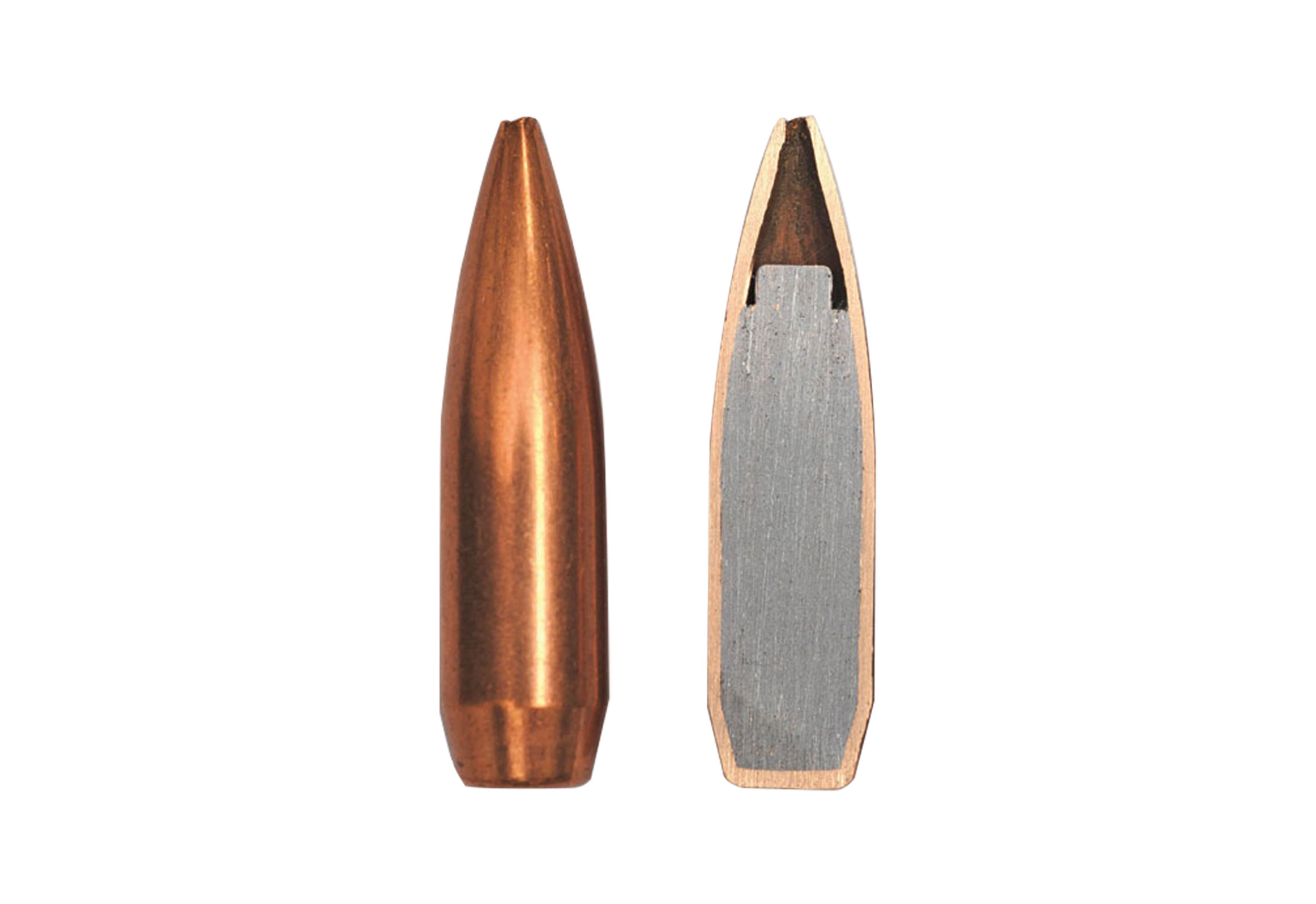
Jacketed Soft Point (JSP)
Although jacketed soft points have a profile similar to FMJs, JSPs have a small amount of lead left exposed at the nose. The traditional bullet design for deer hunters, JSPs deliver a great balance of penetration and expansion. While JSPs don’t offer the massive expansion of a hollow point or the deep penetration of an FMJ, they seem to hit a sweet spot between the two that makes them highly effective at humanely harvesting game.
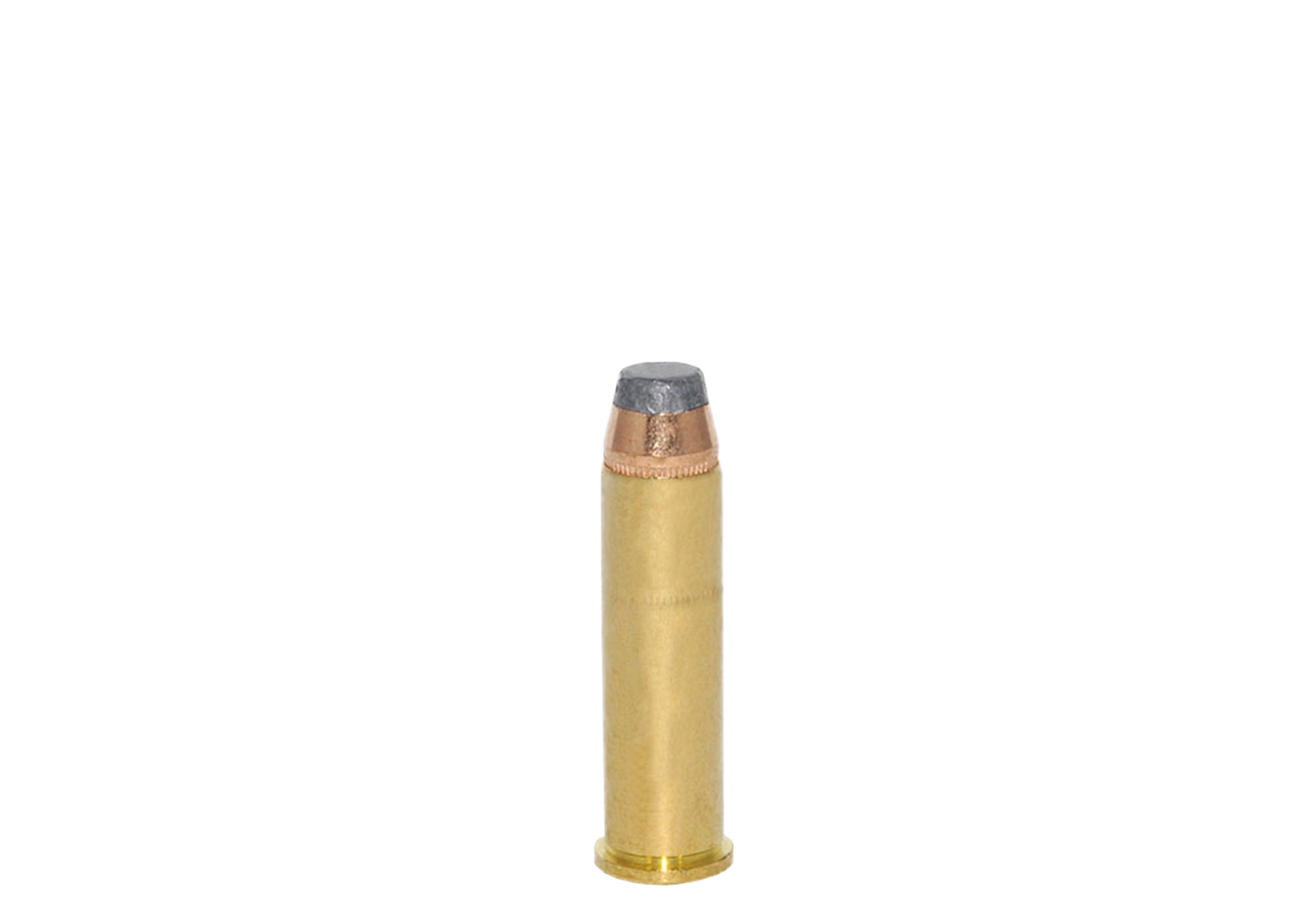
Ballistic Tip
To avoid the drawbacks of the standard hollow point design, some ammo manufacturers add a hard plastic tip to their hollow point bullets. The sleek design of the ballistic tip makes the bullet more aerodynamic, increasing the ballistic coefficient, and improving long-range accuracy.
The hard plastic tip also protects the hollow point from clogging as it punches through thick hide or clothing. Once the bullet strikes the target, the tip is driven backwards into the hollow point cavity, initiating fragmentation and expansion. The plastic tip also changes the profile of the bullet and solves the feeding issues semi-automatic weapons sometimes experience with regular hollow points.
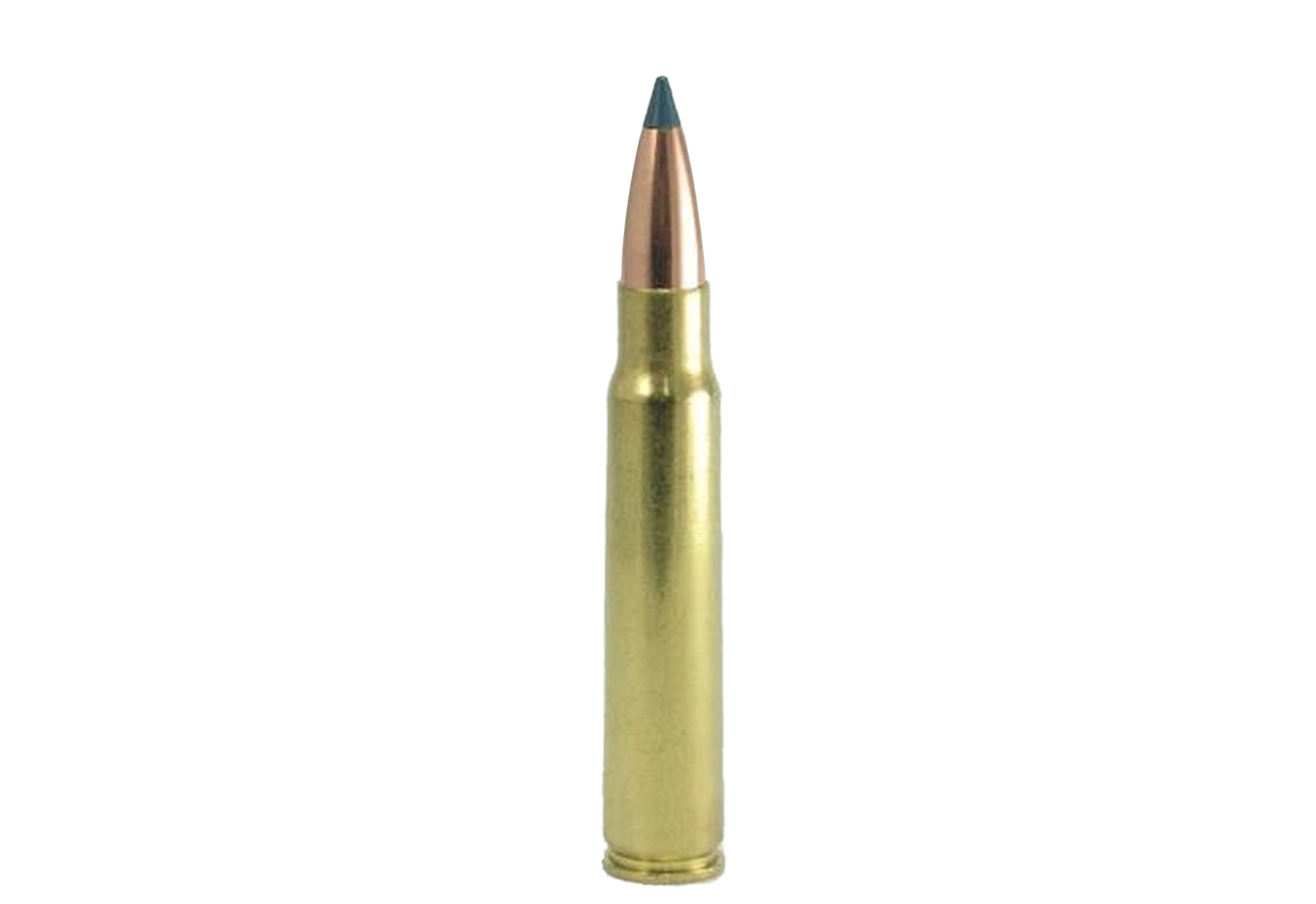
Final Thoughts
Modern developments in bullet technology have given shooters an overwhelming number of bullet designs to choose from. We’ve only covered the most common bullet types here. Hopefully, this information will help you choose the right “tool” for your shooting needs.

